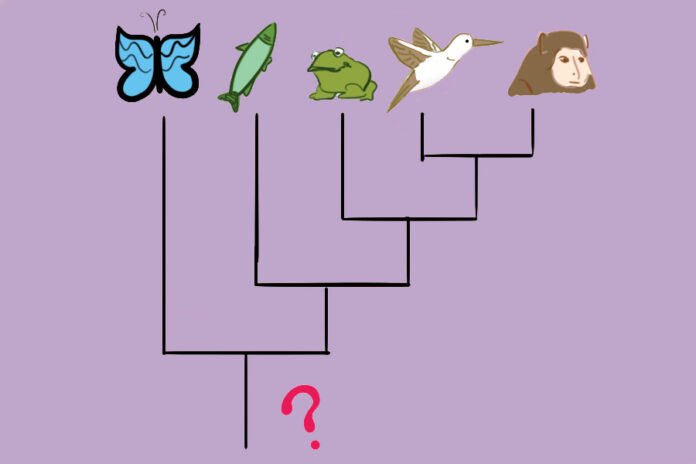The study sheds light on characteristics of the common ancestor
By YASH RATHI — science@theaggie.org
All living mammals — from giant blue whales in the Pacific Ocean to small squirrels scurrying on campus — all have a common ancestor that existed 180 million years ago. There isn’t much information available about that common ancestor, but recently, its genomic set has been reconstructed with the help of computer software operated by an international team of researchers, including some from UC Davis. The complete research on the genomic data was published in Proceedings of the National Academy of Science on Sept. 30.
The team first drew high-quality genome sequences of 32 living species, including humans, chimpanzees, rabbits, manatees, wombats, rhinos, bats, domestic cattle and pangolins. To map these sequences, they used the help of the Earth BioGenome Project, an international collaborative group that is dedicated to creating complete DNA sequences of individual organisms, along with other large-scale sequencing groups.
Dr. Harris A. Lewin, a professor of evolution and ecology at UC Davis, was one of the lead authors of the paper. He explained that the sample of the 32 mammals analyzed all fall under the same phylum or scientifically-classified “group.” They examined genomes of animals in the same group because it allows for similarities in their genomic sets to be more easily identified and the team can begin creating the potential DNA sequence of the common ancestor.
Their study found 1,215 sequences of genes that consistently occurred on the same chromosomes in the same order in the sampled species’ genomes. Lewin said that this finding aligned with the fact that these mammals have a shared appearance during the embryo stage of development.
Joana Damas, a postdoctoral researcher at the UC Davis Genome Center and a co-author of this paper, explained why these findings are important to better understand the common ancestor of mammals.
“Unlocking the genomic sequence showed that the mammal ancestor had 19 autosomal chromosomes [which are the vast majority of chromosomes found in the cells of organisms] and two sex-linked chromosomes used … in the process of reproduction,” Damas said.
These genomic sets, which were common for all 32 mammals, had multiple repetitive sequences which could easily break, recombine and mutate. According to the paper, the adaptive mobility of these sequences was the main cause of the genomic evolution seen in modern mammals.
They were also able to infer certain characteristics from the chromosome sets they mapped. They found that the rate of chromosome rearrangement was different for the mammal groups, which indicated that these groups evolved from the common ancestor at different rates and times.
For example, the ruminant group, which includes cattle, sheep and deer, had a rearrangement of their genomic sequence 66 million years ago, which is considered to be fast on an evolutionary timescale. This could be traced back to the time when a cataclysmic asteroid hit Earth near present-day Mexico that covered the atmosphere in large amounts of soot and dust. This event caused blockage to sunlight exposure and hindered oxygen inhalation, which massively disrupted ecosystems and wiped out dinosaur populations. This disaster led to the rise of the ruminant group along with other mammal species.
According to Lewin and Damas, the genomic data now available from the study can be used to help researchers better understand how mammals adapted to live on the continuously-changing planet over the last 180 million years.
“Our results have important implications for understanding the evolution of mammals and for conservation efforts,” Lewin said.
Written by: Yash Rathi — science@theaggie.org




